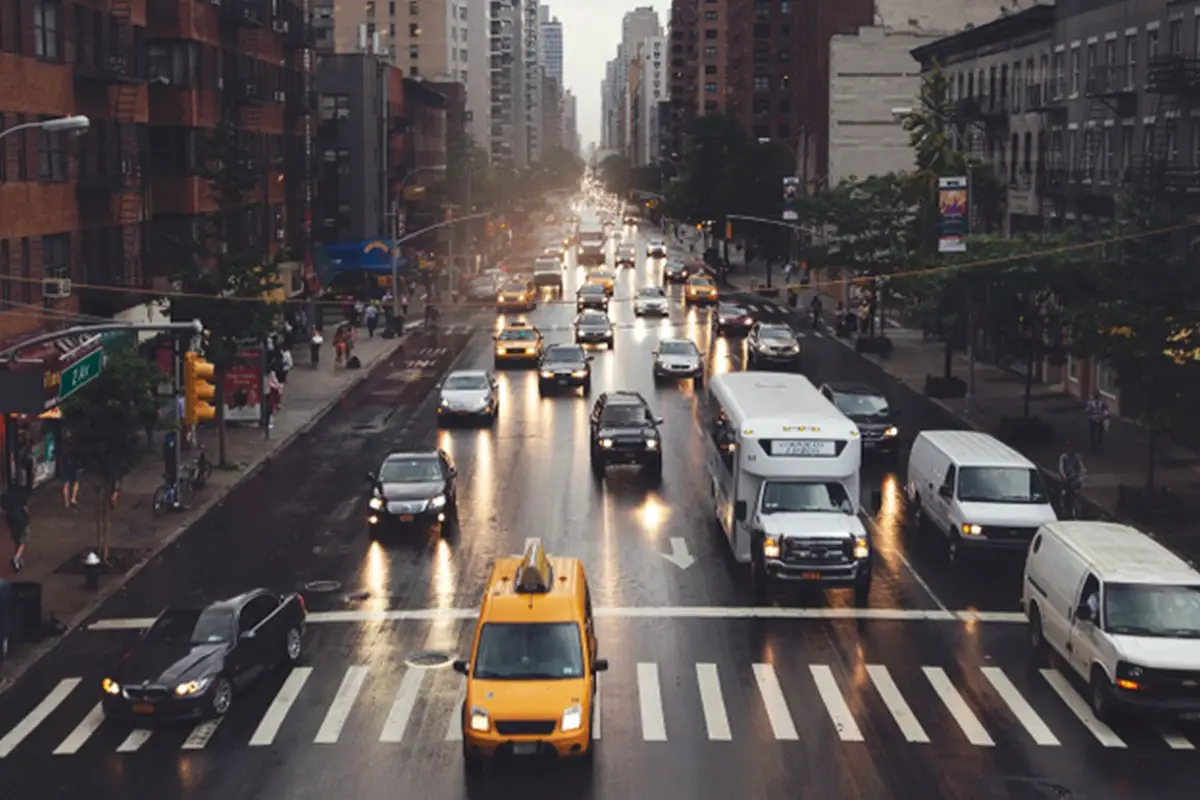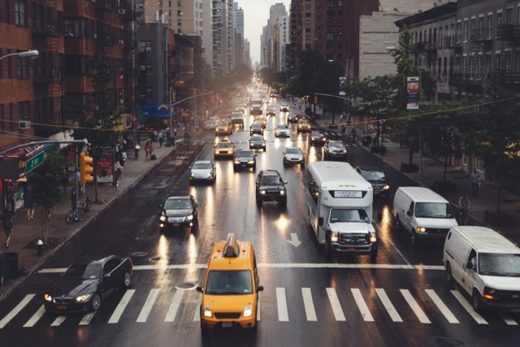Top architectural considerations for improving traffic safety in urban areas, Security design guide, Online public space protection advice
Top Architectural Considerations for Improving Traffic Safety in Urban Areas
4 July 2024
Improving traffic safety in cities goes beyond just rules and signs. Smart architectural design plays a huge role.
Curious about how city planning can save lives? Let’s dive into the key considerations that make urban areas safer for everyone.
Designing Pedestrian-Friendly Streetscapes
Creating streets that prioritise pedestrians can significantly reduce accidents. Wide sidewalks, well-marked crosswalks, and pedestrian zones are essential. You see fewer pedestrians involved in car accidents where these features exist. (Incidentally, if you are injured in a car accident that isn’t your fault, remember to consult a law firm, like Catania & Catania Injury Lawyers, with a wealth of experience in personal injury claims to find out about your legal options.)
Consider the addition of traffic calming measures like speed bumps and raised intersections, too. These slow down vehicles, making it safer for people on foot.
Also, strategically-placed street furniture and greenery can provide safe havens for pedestrians.
It’s all about designing urban areas with the walker in mind, to ensure they navigate city streets safely and comfortably.
Integrating Smart Traffic Management Systems
Smart traffic management systems use technology to optimise the flow of vehicles and enhance safety. Think real-time data collection, adaptive traffic signals, and intelligent transportation systems (ITS). These innovations reduce congestion and minimise the risk of accidents.
Cities can deploy sensors at intersections to monitor traffic patterns. This data helps adjust signal timings dynamically, preventing gridlocks and dangerous speeding.
Implementing smart crosswalks that detect pedestrians also improves safety. They alert drivers when someone is crossing, reducing pedestrian accidents significantly.
Adopting these smart solutions creates a safer urban environment for everyone.
Implementing Efficient Public Transit Networks
Efficient public transit networks reduce the number of vehicles on the road, directly lowering accident rates. Buses, trams, and subways that run frequently and reliably make public transportation a viable option.
Consider how dedicated bus lanes can streamline travel times. This reduces traffic congestion and minimises potential collision points between cars and buses. Seasoned bus lawyers can explain how traffic patterns and lane design influence liability in bus accident cases. Understanding these *legal nuances* can help victims pursue fair compensation when collisions occur in areas with dedicated bus lanes.
Additionally, well-designed transit hubs with clear signage ensure passengers transition smoothly between different modes of transport.
Encouraging public transit use through smart planning not only cuts down on traffic but also makes urban areas safer for everyone.
Enhancing Bicycle Infrastructure for Safer Commutes
Bicycle infrastructure directly impacts urban safety. Dedicated bike lanes, well-maintained paths, and secure bicycle parking areas protect cyclists.
Think about how separated bike lanes reduce interactions between cars and bicycles. This decreases the chance of accidents dramatically. Additionally, integrating clear signage helps cyclists navigate safely.
In cities like Copenhagen, extensive bicycle networks encourage more people to ride bikes instead of driving.
Also, consider adding bike boxes at intersections to give cyclists a head-start when lights turn green.
Prioritising safe cycling infrastructure fosters a safer environment for everyone on the road.
Reducing Vehicle Speeds Through Design
Designing streets to naturally reduce vehicle speeds enhances safety. Narrower lanes, speed humps, and chicanes force drivers to slow down.
In residential areas, introducing shared spaces where pedestrians, cyclists, and cars coexist encourages cautious driving.
Cities can also use visual cues like textured pavements or bright road line marking to signal drivers they need to decelerate. Think of it as nudging behaviour change without strict enforcement.
Lower speeds mean less severe accidents when they occur and more reaction time for everyone involved.
The Impact of Street Lighting on Night-time Safety
Lastly, street lighting is crucial for night-time safety. Properly lit streets and intersections significantly reduce accidents after dark.
Think about how well-placed lights improve visibility for drivers, pedestrians, and cyclists alike. They help spot potential hazards early, reducing collision risks.
Modern LED streetlights offer better illumination and energy efficiency compared to traditional ones.
Smart lighting systems that adjust brightness based on real-time conditions can further enhance safety.
Increased light coverage deters criminal activity as well, making neighbourhoods feel safer at night.
Effective street lighting is a simple yet powerful tool in urban traffic safety.
Comments on this guide to Top Architectural Considerations for Improving Traffic Safety in Urban Areas article are welcome.
Gardens Articles
Gardens Posts
Best way to build small retaining wall with sleepers

Top 3 factors for planning new landscape design

Most beautifully designed botanical gardens in the US
How to choose the right greenhouse for your garden
How to Take Care of Your Growing Plants in the Garden
Building
Architecture Articles
Comments / photos for the Top Architectural Considerations for Improving Traffic Safety in Urban Areas page welcome






